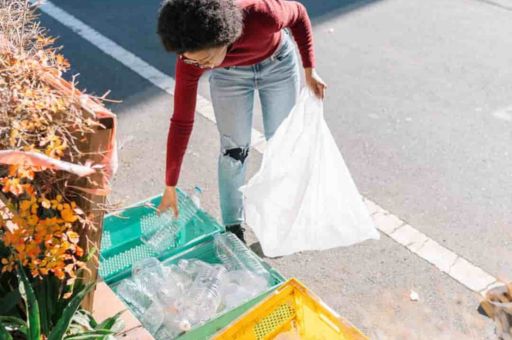42,329 tonnes of organic matter were collected, 40.6% more than in 2021, thanks to the implementation of collection in the municipalities.
Mallorca generates 74.9% of municipal waste, Ibiza 15.4%, Menorca 8.4% and Formentera 1.3%.
TDB keeps you informed. Follow us on Facebook, Twitter and Instagram
Waste generation in the Balearic Islands was 834,105 tonnes in 2022
The volume of waste generated in the Balearic Islands in 2022 was 834,105 tonnes, a figure equivalent to 511 kg per capita. Compared to the previous year, there was an increase of 7.81 %.
By islands, Mallorca, with a production of 624,511 t generated 74.9% of the Balearic Islands’ municipal waste, followed by Ibiza, with a production of 128,917 t, representing 15.4%; Menorca produced 69,910 t, equivalent to 8.4%, and finally Formentera 128,913 t, 1.3% of the islands.
Diego Viu, director general of Circular Economy, Energy Transition and Climate Change, explained that “we are making progress in compiling the information; for the first time, there is a unified methodology to make the data compatible. We hope to be able to present the 2023 data in the third quarter of this year. The ambition of this government is to be able to have the data up to date and use it for agile, evidence-based decision-making.
Separate collection by fractions
Of the five main separate collection fractions, refuse accounts for 65.1%, while bulky waste and wood account for 7.1% of the waste generated, followed by paper and cardboard with 6.2%. Glass and organic waste account for 5.7% each.
In absolute terms, the selective collection of paper and cardboard amounted to 51,308 tonnes, 47,727 tonnes of glass and 38,990 tonnes of light packaging.
It should be noted that in 2022, 42,329 tonnes of organic matter (food waste and small vegetable waste) were collected, 40.6% more than in 2021. This increase is partly due to the implementation of this type of collection in the municipalities of the Balearic Islands.
Of the total amount of waste materials, 543,214 tonnes were collected in 2022, which is 5.1% more than in 2021
As regards the generation of municipal waste, 60.3 % has been recovered for energy recovery, 18.8 % has been sent to recycling processes, 13.4 % has been disposed of in landfills, and the remaining 7.5 % corresponds to the loss of mass caused by the decomposition processes of organic matter, pre-treated reject material before being disposed of in landfill and the sorting of light packaging. Meanwhile, 0.8% of waste is stored awaiting treatment.
Furthermore, Viu stressed that “the data for 2022 show results that may be favourable from the start of the actions and the waste prevention strategy; but we still do not meet Europe’s objectives, which means that we have to boost and put all our energy into new strategic developments, sectoral master plans and more ambitious policies to achieve the objectives”.
Situation of waste concerning regional and national legislation
To achieve the regional and state objectives, the Balearic Islands Waste Act sets the objective, by 2023 at least, to reduce waste generation by 20% compared to 2010 and we are currently at -7.3%; to eliminate 10% of waste through landfill and we are at 3.4% above the target; and to recycle at least 75% of non-industrial packaging waste in the Balearic Islands, where according to data from 2022 54.2% is recycled.
The State Law on Waste for a Circular Economy sets a target for the year 2035 to achieve separate collection of at least 50 % of municipal waste; in the 2022 data for the Balearic Islands, this is 34.9 %. Furthermore, the Law establishes that at least 65% of municipal waste must be prepared for reuse and recycled, and the 2022 figures for the Balearic Islands put the figure at 18.8%.
